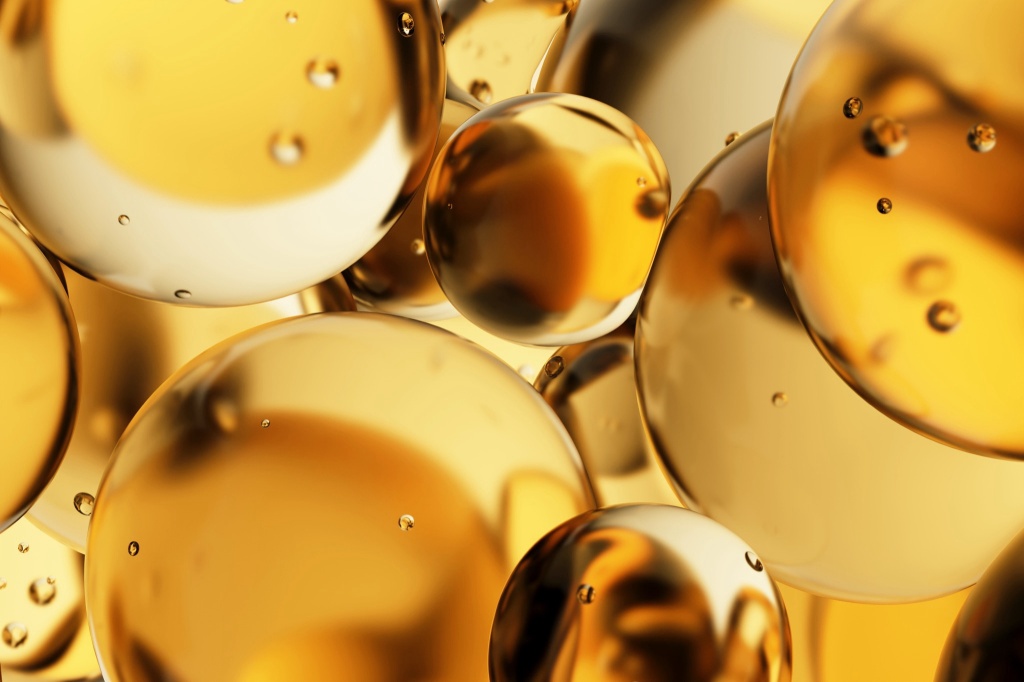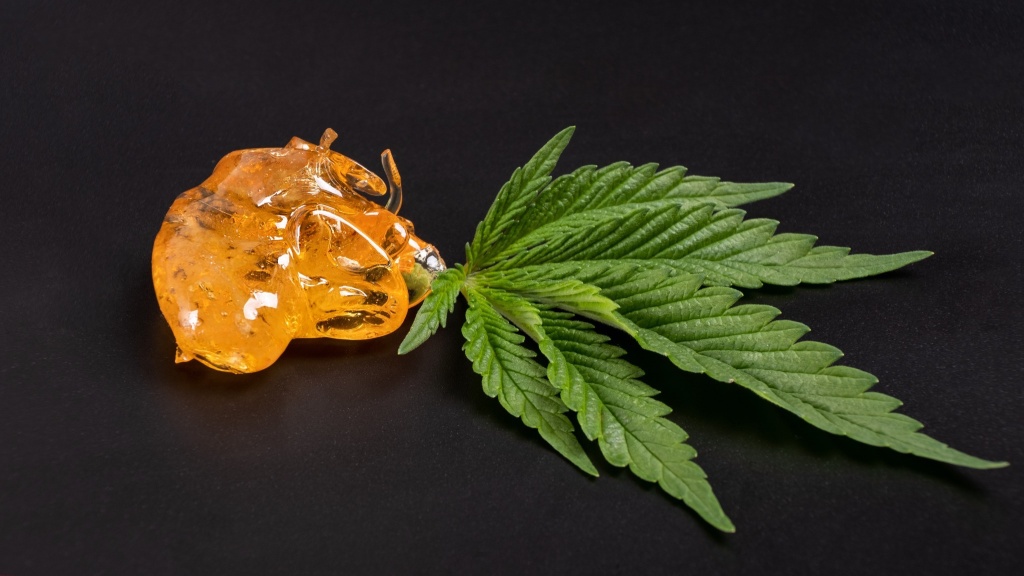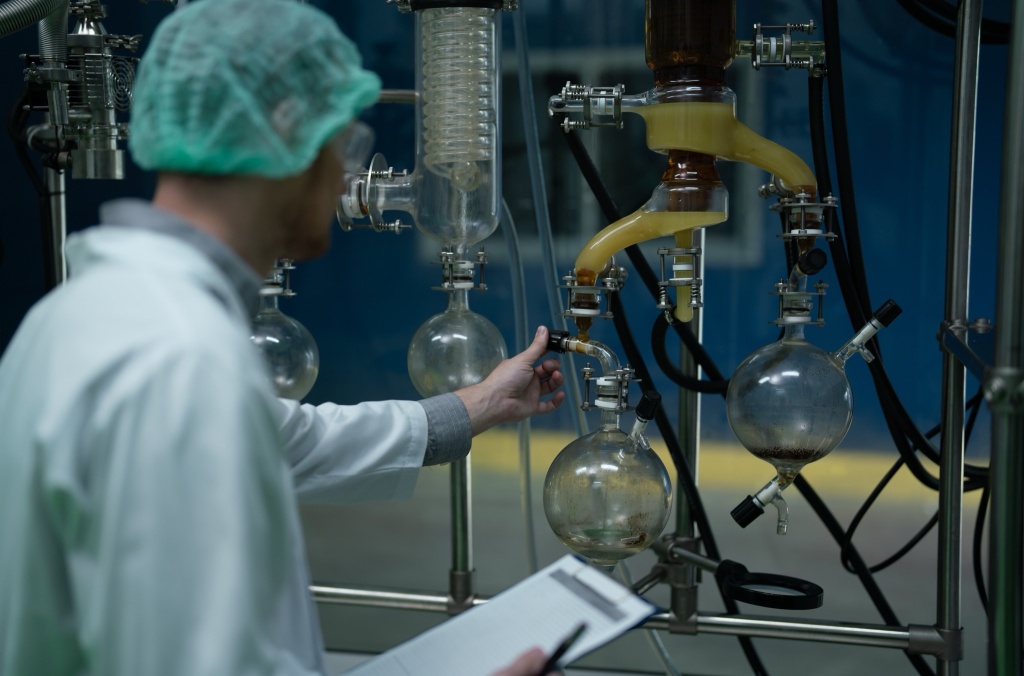HTE: the cannabis extract changing the dab game

Concentrates have become a big part of cannabis culture. Whether it’s dabbing wax or hitting a vape pen, there are many ways to enjoy these potent pot products. While many experienced consumers are familiar with terp sauce, a relatively new extraction process, known as a high terpene extract (HTE), is changing the game and elevating cannabis extracts.
If you’re curious about HTE and how it’s redefining the dab game, this guide is for you.
RELATED: New laser dab rig brings weed extracts to the year 3000
What is a High Terpene Extract (HTE)?
HTEs are a cutting-edge type of cannabis extract designed to maximize the terpene profile and flavor rather than the THC percentage. They are the most recent step in the evolution of cannabis concentrates that has been going on for centuries, since the first hand-rolled hash was created (likely sometime around the 12th century, as the first mentions of hashish appear in that century). While for many years hashmakers endeavored to make extracts with the highest THC percentages possible, now, with many consumers looking for the highest terpene percentages they can find, HTEs are poised to dominate dabbing and the extracts market.
When it comes to cannabis and terpenes, there are two main camps: one camp that is fine with botanical terpenes being used in products and the other that prefers products made using exclusively cannabis-derived terpenes. While HTEs have reportedly been made using additive botanical terpenes, they are generally made using strain-specific terpenes extracted from high-quality cannabis flower.

What Are Terpenes and What Do They Do?
Terpenes are aromatic compounds that give all plants in nature their unique aromas and flavors, including cannabis. These highly volatile compounds can evaporate even at room temperature. For example, when you walk by a bowl of lemons on a warm day and smell citrus, what you are smelling is the terpene limonene.
RELATED: This is the biggest mistake people make at dispensaries
Terpenes have been shown to have numerous benefits for plants, such as attracting beneficial insects, repelling predators, and potentially even acting as sunblock. In addition to the benefits for plants, terpenes have been shown to have a range of potential medical benefits for people, including fighting cancer, easing anxiety, reducing pain, and relieving depression, among others.
Esters also play a role in flavors and scent, and while it is not clear if HTEs are also extracting esters, presumably they are. One of the key benefits of high terpene products is that they take advantage of the entourage effect, where the medical effects of cannabinoids are magnified by other chemicals (like terpenes and esters).
High Terpene Extracts Defined
While it is easy to define what “rosin” is (a concentrate made using pressure and heat), an HTE is a cannabis extract that is a bit more complicated to define. According to Terpene Belt Farms (TBF), a vertically integrated agricultural processor in the hemp sector, there are three primary features of HTEs:
- Terpene Concentration: HTEs should have a high concentration of terpenes, at least 15 percent by weight.
- Cannabinoid Content: HTEs generally contain between 45 percent and 65 percent total cannabinoids by weight.
- Physical Features: As a result of their high terpene content, HTEs have a semi-viscous consistency (e.g., a terp sauce).
Who Made the First HTE?
In 2019, the Oregon-based cannabis extraction company Extractioneering created one of the first HTEs, or what they refer to as a High Terpene Full Spectrum Extract (HTFSE). The term was coined by their founder, Dr. Daniel Hayden, and his technical requirements for an extract to be considered a HTE/HTFSE mirror those listed by TBF. Extractioneering has noticed that “customers find higher than 40 percent [terpenes] to be unpleasant [and] 50 percent Cannabinoids, 20-30 percent Terpenes, and 20-30 percent other trichome cannabis biomolecules are best.”
RELATED: What does bad weed look like? How to tell if your bud is trash
HTE/HTFSE isn’t a new type of product so much as a new type of extraction that creates what consumers and companies previously handmade by combining THCA diamonds with cannabis terpenes. Before Dr. Hayden’s work on creating HTFSEs, Blue River Terpenes was among the original HTEs.
Founded in 2015, Blue River sold strain-specific cannabis terpenes without any cannabinoids, basically, distilled terpenes. A common way those terpenes were used was by adding them to THCA diamonds to create a terp sauce, in other words, HTE. Those early HTEs were notably not HTFSEs, because they generally used isolated THCA and thus did not have a full-spectrum experience.
How To Make HTEs
Extractioneering is fairly tight-lipped about the specifics of the technique it uses to create its HTEs. Their website mentions washing “a light hydrocarbon solvent blend (butane/propane) over the material one time, dewax, and purge any remaining solvent out of the extraction.”

Additionally, the website notes that they do not isolate cannabinoids from terpenes for purification before reintroduction. Extractioneering also says their method captures and preserves “all cannabis biomolecules” (e.g., terpenes, flavones, stilbenes, and flavonoids).
Other sources say that the “extraction requires four components: pressure, sub-zero temperatures, a hydrocarbon solvent with a low-temperature boiling point, and a high-quality flower.” Harrens Lab agrees that cryogenic extraction is a common technique used to “maintain the integrity of terpenes,” but notes that a wide range of extraction methods can be used, including live resin, CO2 extraction, and distillation.
Ways to Use HTE
While HTEs can be added to a joint or a bowl of cannabis flower, without a doubt, it is much more common to consume HTEs in vape carts, by dabbing, or in self-fillable vaporizers like the Puffco or a Volcano using a concentrate pad. Unfortunately, dry herb vapes like the Venty or PAX are not compatible with extracts like HTEs, and using an extract like an HTE in a dry herb vaporizer can break the device.
RELATED: The hype behind hash holes – everything you need to know
High Terpene Extracts – Making Waves in the Weed World
So whether you are someone in an adult-use cannabis market looking to maximize the flavors and aromas for the best sensory experience, or if you are a medical patient looking for the strongest therapeutic properties in your cannabis experience, HTEs are a potent and flavorful alternative to BHO and distillates.